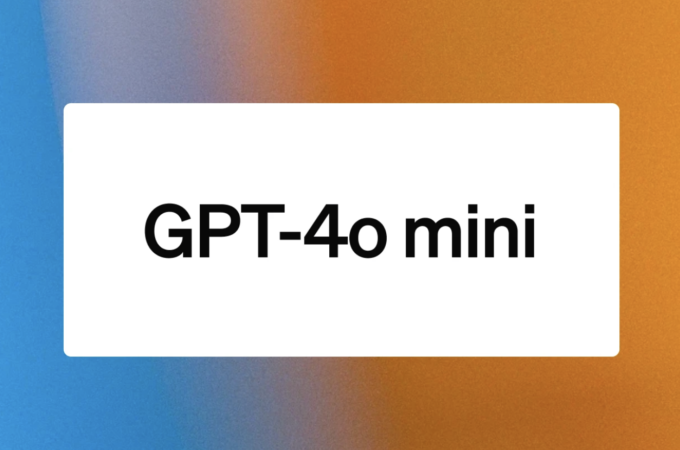
How fintech innovation can snag the attention — and wallets — of the largest generation (VB Live)
By Venture Beat
Banks are starting to catch on — but not quickly enough. Quick-thinking companies leveraging innovations in transactional data analysis are driving millennials to new kinds of financial services. Join our panel of fintech experts to find out what the future of finance innovation looks like — and how to catch the wave.
“There’s a fantastic quote from a Times article a couple of years ago that said, ‘Millennials are more willing to go through a root canal than speak with a banker,’” says Mani Fazeli, VP of product at Wave, a small business financial solutions and services company.
But that’s changing as innovations in transaction data analytics are enabling banks to leverage insights from customers’ financial data in order to deliver the personalized services necessary to attract and retain the next generation of banking customers.
“It’s the effort and pursuit of disaggregating the banks, and taking away the primary area where they’ve been so strong,” says Fazeli, “which is not only the relationship with the customer, but dictating how the customer thinks about finance.”
Wave offers cloud-based, integrated finance software and tools for small businesses and tracks $80 billion in income and expenses for 1.7 million customers in over 200 countries. It’s been riding the rising tide of innovation in the industry, powered by the immense flow of capital to robust startups that started around 2009.
But, Fazeli says, the funding cycle was irrevocably impacted by macroeconomic events in 2015 and 2016.
“So the question really is, how can fintech companies capitalize (and I don’t mean to pun there) on the opportunity?” he asks. “As capital dries up and gets diverted to only the best companies, the question is really going to be whether the industry has been innovating in any significant way to support annual recurring revenue, and the velocity of that revenue growth.”
In other words, tech innovation launches a company, but to stay in orbit companies need to focus on strong user acquisition, conversion funnel and retention strategies, with sustainable ARPU — average revenue per user — while still staying ahead of the innovation cycle.
“So what’s fascinating is watching companies start with a single focus, dominating there, but then needing to expand their offering to help drive up that ARPU to increase their CA to LTV ratio,” says Fazeli.
He points out Square, which went from card reader to financing; Shopify, from online sales to omnichannel to financing; Gusto, which started up with payroll, then moved into HR and insurance.
“So this is a pattern,” Fazeli explains, “and will determine those companies that are going to be the best in the industry — if you don’t know how to delight users as you continue to navigate the need for better and better ratios, you’re certainly going to hit some major roadblocks.”
But of course the banks aren’t going to sit idly by and watch all of this happen. Banks continue to pose industry-wide challenges for fintech, well-positioned as they are with their brands, their capitalization, and their customer touchpoints and channels.
“And that means that the banks — the smart ones, anyway — will learn from the successes and failures in fintech,” warns Fazeli, “and then incorporate that into their own processes.”
Fazeli notes that the opportunities to disrupt aren’t going anywhere. They remain strong because of the customer demand for immediacy, for money movement outside of banks, and a focus on automation and intelligence — how a company aggregates and classifies data and provides workflows to users that will make their lives easier.
To learn more about the future of fintech, why banks are scrambling, and how to keep disrupting the finance industry while you delight your customers, join our panel of fintech experts today.
First appeared at VB





